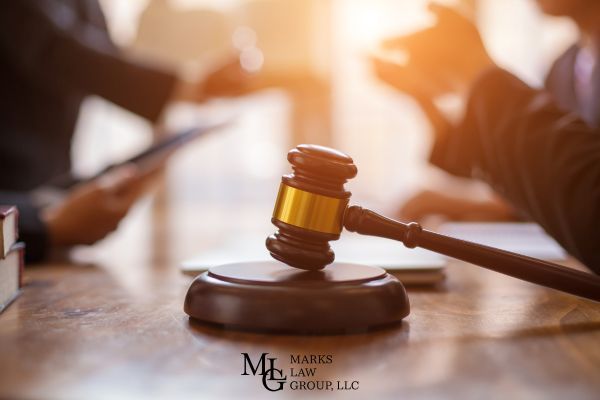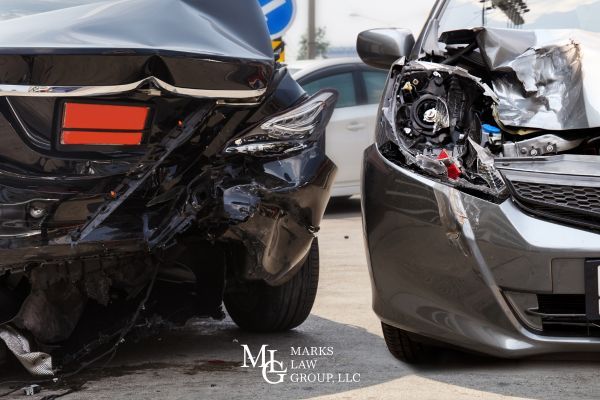Determining liability in multi-vehicle accidents in Georgia can be complex due to the state's modified comparative negligence laws. In such accidents, fault is often distributed among multiple negligent drivers, and each party's degree of responsibility directly impacts their ability to recover damages. Under Georgia law, if you're found to be 50% or more at fault, you are barred from receiving any compensation for your injuries or property damage. Conversely, if you're less than 50% at fault, you can recover damages, but your compensation will be reduced by your percentage of fault. Fault drivers may contest their level of responsibility, leading to prolonged disputes in settlement negotiations.
Several factors influence the determination of fault in multi-vehicle car accidents, including the actions of each driver, road conditions, and adherence to traffic laws. For instance, if a driver was speeding, engaged in aggressive driving, or following too closely, they might bear a higher percentage of fault. Given the complexities involved, it's crucial to consult with an experienced car accident attorney in Decatur who can thoroughly investigate the accident, gather evidence, and advocate on your behalf to ensure fair compensation. Insurance adjusters will also play a crucial role in determining fault, often looking for ways to minimize payouts.
If you've been involved in a multi-car accident in Georgia, Call Marks Law Group at (678) 251-9309 for a comprehensive evaluation of your case and to discuss your legal options.
Georgia’s Modified Comparative Negligence Rule
Georgia follows a modified comparative negligence rule. This means a driver can recover compensation after an accident if they are less than 50% at fault. However, their compensation is reduced by their percentage of fault.

For example, if a driver is found to be 20% at fault for a crash and has $100,000 in damages, they can recover only $80,000. But if they are 50% or more at fault, they cannot recover any compensation. This legal threshold often leads to multi-car crashes involving disputes over a sequence of events, as each party aims to minimize its liability.
How Is Fault Determined in a Multi-Car Accident?
In a multi-vehicle accident, determining fault can be complicated. Several factors help establish who is responsible, including:
- Police Reports – Officers assess the scene, speak with witnesses, and may cite drivers for traffic violations.
- Witness Statements – Independent accounts can help establish how the crash occurred.
- Traffic Footage & Dashcams – Surveillance cameras, red-light cameras, and dashcams may provide critical evidence.
- Accident Reconstruction Experts – In complex cases, specialists analyze vehicle damage, road hazards, and impact points to determine fault.
- Comparative Fault – If multiple drivers share responsibility, fault percentages will be assigned, impacting compensation.
Since fault impacts liability and compensation, accident victims should gather as much evidence as possible and consult a legal professional if needed. A skilled legal team can ensure all relevant details are accounted for and the involved party is held accountable.
Common Types of Multi-Car Accidents
Multi-vehicle car accidents can happen in different ways, but some scenarios are more common than others.
Chain-Reaction Collisions
One driver’s mistake can set off a chain reaction, leading to multiple crashes. These often happen in heavy traffic or poor road conditions due to inclement weather when drivers have little time to react. Determining fault can be complicated since several drivers may have contributed to the crash, particularly in cases of distracted driving.
Intersection Accidents
Intersections are a frequent site of multi-vehicle accidents. Violating right-of-way rules, running a red light, or misjudging another vehicle’s speed can lead to a serious collision. Fault is often determined by traffic signals, witness statements, and camera footage, which insurance adjusters will analyze closely.
Rear-End Collisions
A multi-vehicle accident involving rear-end crashes can make fault tricky to determine. While the first driver to rear-end another is often blamed, that’s not always the case. If a driver was pushed into another vehicle due to an initial impact, the negligent driver may be the one who caused the first crash.
Challenges in Filing a Personal Injury Claim After a Multi-Car Accident
Filing personal injury lawsuits after multi-vehicle car accidents can be more complicated than a typical two-car crash. Several factors can create obstacles in the legal process.
Determining Fault
With multiple drivers involved, proving who was responsible can be difficult. Insurance companies and investigators may assign partial fault to several parties, which can impact your fair compensation. Establishing a clear sequence of events is key to avoiding unjust liability.
Dealing With Multiple Insurance Companies
Each driver’s insurer may try to shift blame to reduce their payout. This can lead to delays, disputes, and low settlement offers. Having legal representation can help navigate these negotiations and push for maximum compensation.

Proving the Extent of Your Injuries
Insurance companies may argue that your injuries were caused by a preexisting condition or another crash. Records of medical care and expert testimony may be necessary to establish a clear link between the accident and your injuries. Road hazards can also play a role, adding complexity to injury claims.
Delayed Compensation
With multiple claims being processed at once, reaching a fair compensation settlement can take longer. If the fault is heavily disputed, your case may require litigation, further extending the timeline. Being aware of Georgia’s statute of limitations is essential to ensuring you file a claim on time.
Steps to Take After a Multi-Car Accident
Taking the right steps after a car accident can help protect your rights and strengthen your personal injury lawsuit.
- Call the Police – Always report the accident to law enforcement. Officers will document the scene, gather statements, and create an official report, which can be useful for determining fault.
- Gather Evidence – If you can, take photos of the car accident scene, property damage, vehicle positions, and road conditions. Get contact information from witnesses, as their statements may help clarify what happened.
- Seek Medical Attention – Even if your injuries seem minor, see a doctor as soon as possible. Some injuries take time to appear, and having records of your medical bills can support your injury claim.
- Speak With an Attorney First – Before discussing the accident with insurance adjusters, consider speaking with a Decatur personal injury attorney. Insurers may try to minimize payouts, and legal guidance can help you avoid saying anything that could hurt your case.
Protect Your Rights After a Multi-vehicle Crash
Liability in multi-vehicle accidents can be complicated, and determining fault is rarely straightforward. Insurance companies may try to minimize payouts by shifting blame, making it crucial to have strong legal representation. Understanding how Georgia’s legal process applies to your case can significantly impact your ability to recover damages.
If you’ve been involved in a multi-vehicle accident, schedule a consultation with an injury attorney who can help protect your rights and ensure you’re not unfairly held responsible. Accident reconstruction experts and legal professionals can analyze the evidence, determine fault, and advocate for the maximum compensation you deserve. Contact our firm today to discuss your case and get legal advice on pursuing a personal injury lawsuit.
